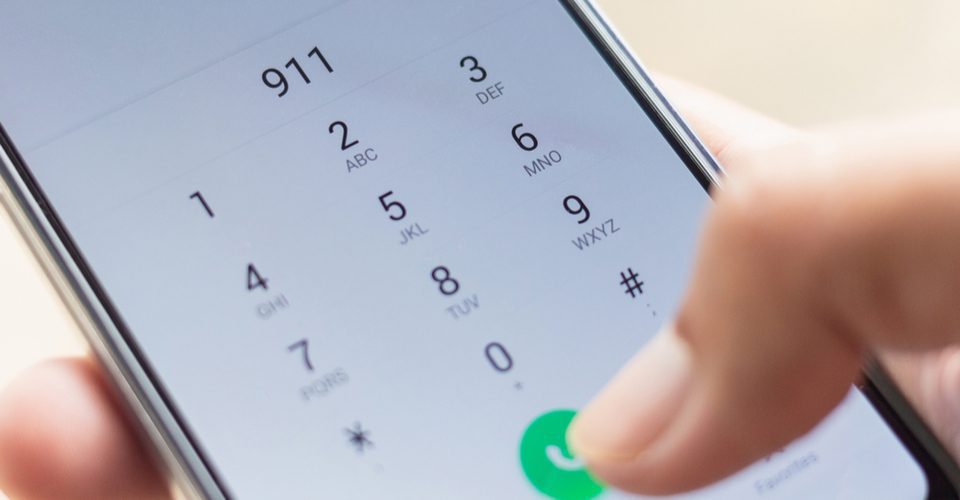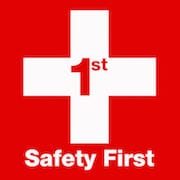

An estimated 240 million calls are made to 911 each year in the United States. 911 dispatchers and call takers are trained to provide assistance for all types of situations. But there are certain steps you can take to help inform the call taker of the emergency and ensure help arrives as fast as possible.
TOP TIPS TO USE WHEN CALLING 911
Every second counts during an emergency. Follow these tips from theNational Emergency Number Association(NENA) when you need to call 911.
- Understand when to call 911 (and when not to call). Is a person hurt or in danger? Is there an emergency situation where a law enforcement officer, firefighter or medical help is needed? If you’re not sure, go ahead and call 911. The call taker will then determine if emergency assistance is needed. However, there are some common scenarios that don’t warrant a 911 call, such as when someone needs information (call 211 instead) or is experiencing a power outage.
- Don’t hang up on 911, even if you called by mistake. If you didn’t mean to call, stay on the line and communicate that you called on accident. If you called on purpose, allow the call taker to ask all questions that are needed before hanging up or leaving the phone.
- Stay calm and answer question as best as possible. During an emergency, you might feel panicked or unsure of what’s going on. Remain calm and answer any questions, even if they don’t seem relevant in the moment.
- Know the location of the emergency. If you’re calling from a wireless phone, your call might be routed to a 911 center that doesn’t service the area you’re calling from. So, it’s important to provide an accurate address of the emergency. If you don’t know the exact location, take a quick inventory of buildings and street signs or other identifying landmarks – and be prepared to provide the city or county that you’re currently in.
- Teach your child how to call 911. Prepare your child for what to expect when they call 911 for help. Practice providing their name, parent’s name, phone number and address. Let them know they can trust the call taker, so they should answer all questions and stay on the line until they’re told to hang up.
- Make sure your family knows your phone system in the home. Everyone should know how to operate the landline and any cell phones that each family member owns. If you have young children, make sure at least one phone is physically within reach for your kids.
- Post your address at the entrance of your home. Help ensure emergency responders can find your home by posting your address at your driveway entrance and on your house. Make sure it can be seen in the dark by using a light or something reflective.
- Prank calls are a waste of time and may be illegal. Prank or harassing calls to 911 are handled by local law enforcement agencies. These calls waste valuable time and can prevent others from receiving timely help. Make sure your children understand the weight of their decision to make this type of prank call.
ALTERNATE WAY TO CONTACT 911
Depending on where you live, you might have the option to use your local text-to-911 service if it isn’t possible to make a voice call. This might be the case if a person is deaf, hard-of-hearing or speech impaired. Other scenarios might include someone experiencing a medical emergency that affects their speech or a situation where it isn’t safe to talk (e.g. active violence emergency, home invasion or domestic violence).
Calling 911 is the fastest way for call takers to get the most accurate and timely information. So, texting should only be used when you’re unable to make a voice call.
Check with your local government or search the Federal Communications Commission (FCC) list of areas with available text-to-911 service. If you happen to text 911 in an area that isn’t supported, FCC rules require all wireless carriers to provide a bounce-back message.
Unsure about knowing how to respond during an emergency? Contact us at info@safetyfirstjax.com.
By American Safety and Health Institute
